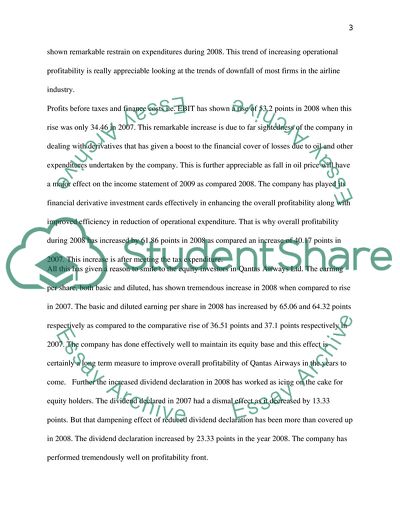Cite this document
(Group Income Statements of Qantas Airlines Ltd Case Study, n.d.)
Group Income Statements of Qantas Airlines Ltd Case Study. Retrieved from https://studentshare.org/finance-accounting/1724168-financial-qantas
Group Income Statements of Qantas Airlines Ltd Case Study. Retrieved from https://studentshare.org/finance-accounting/1724168-financial-qantas
(Group Income Statements of Qantas Airlines Ltd Case Study)
Group Income Statements of Qantas Airlines Ltd Case Study. https://studentshare.org/finance-accounting/1724168-financial-qantas.
Group Income Statements of Qantas Airlines Ltd Case Study. https://studentshare.org/finance-accounting/1724168-financial-qantas.
“Group Income Statements of Qantas Airlines Ltd Case Study”, n.d. https://studentshare.org/finance-accounting/1724168-financial-qantas.


